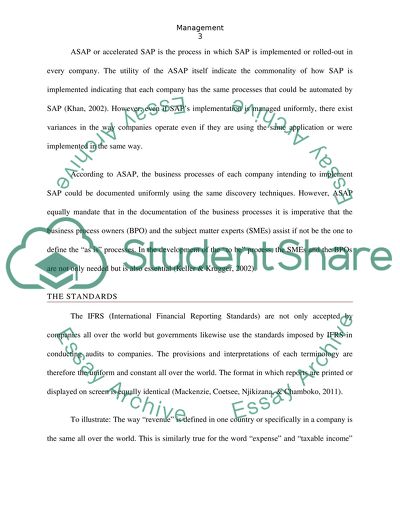Cite this document
(“Information Systems Essay Example | Topics and Well Written Essays - 2000 words”, n.d.)
Retrieved from https://studentshare.org/information-technology/1393073-information-system
Retrieved from https://studentshare.org/information-technology/1393073-information-system
(Information Systems Essay Example | Topics and Well Written Essays - 2000 Words)
https://studentshare.org/information-technology/1393073-information-system.
https://studentshare.org/information-technology/1393073-information-system.
“Information Systems Essay Example | Topics and Well Written Essays - 2000 Words”, n.d. https://studentshare.org/information-technology/1393073-information-system.


